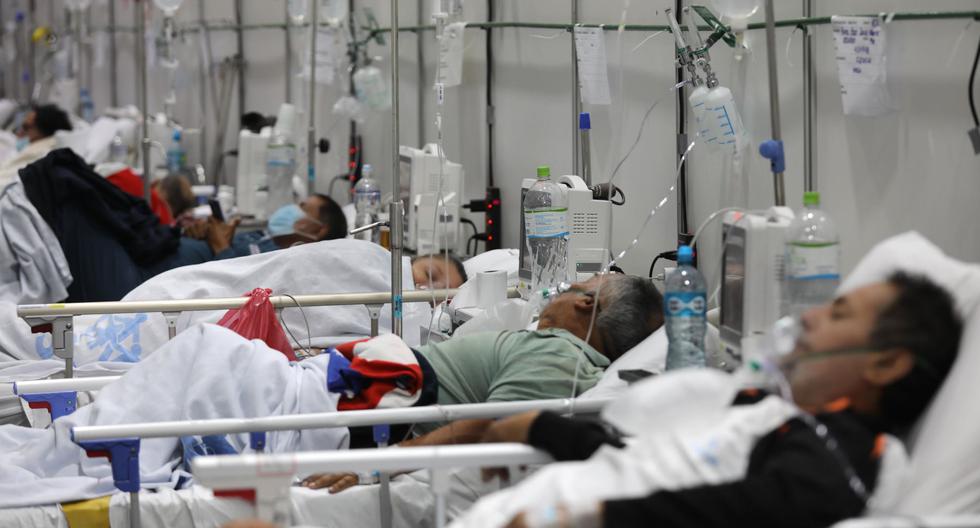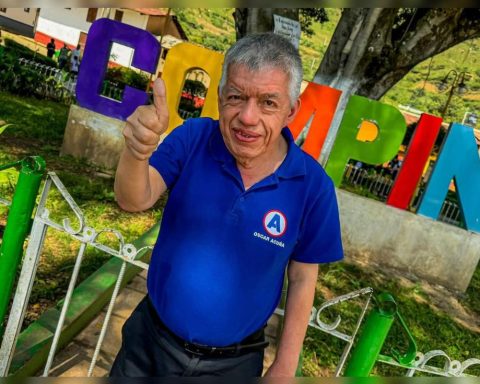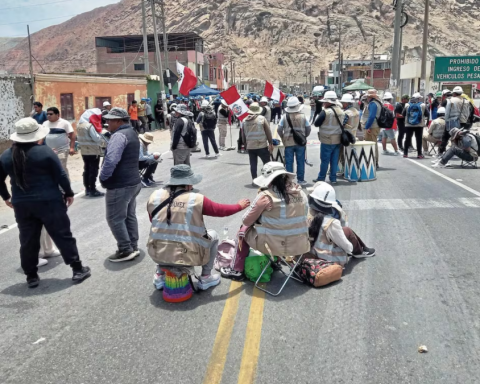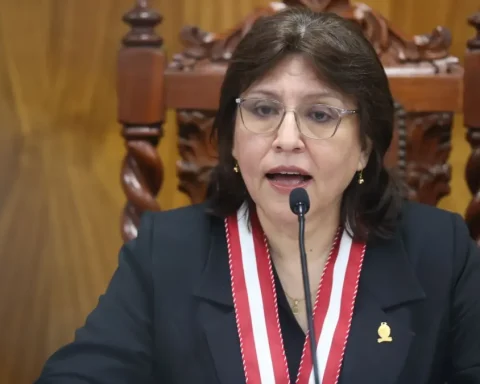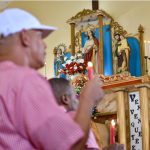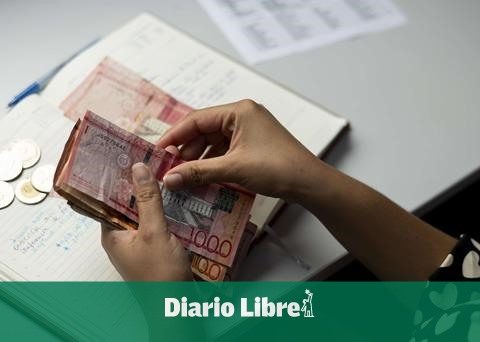After the Center for Epidemiology, Prevention and Control of Diseases (CDC) – an entity attached to the Ministry of Health – launched an epidemiological alert due to the increase in cases and hospitalizations due to COVID-19 in eight regions of Peru, it was identified that 11 provinces were are at high health risk.
When conducting the evaluation, according to risk classification (cases and hospitalizations) of COVID-19, the CDC found that eight regions with eleven of their provinces are located at a high risk level.
These are: Ancash (Santa), Ayacucho (Huamanga). Huancavelica (Huancavelica), Junín (Concepción) Libertad (Chepén), Piura (Piura, Sechura, Talara) Tacna (Tacna) and Tumbes (Tumbes, Zarumilla).
19% increase and New Year’s Eve parties
According to the CDC, as of November 21, 2,224,344 COVID-19 cases and 200,767 deaths were confirmed in the country. In that sense, it was concluded that “in week 45 there was an increase of 19% (6291) of cases in relation to week 43 (5811)”.
According to the epidemiological analysis, there is a high probability of an increase in cases, which can be generated “Due to the displacement of the population to social gatherings for Christmas and the end of the year”.
“In this scenario, still low transmission, containment activities are ideal in targeted areas of the provinces with increases in cases and hospitalizeds ”, indicates the institution.
Faced with this, the CDC pointed out that these containment activities should be aimed at the timely detection of cases, isolation and management, according to the degree of affectation, identification of contacts, quarantine, among others.
Vaccination in regions
However, the CDC noted that the immunization process continues to advance differently in the regions, reaching a national coverage of 74.5% for the first dose and 58.7% for the second dose.
The coverage ranges for the first dose are between 87.1% (lca) and 49.1% (Madre de Dios) and the coverage for the second dose is between 70.6% (lca) and 32.6% (Madre de Dios)
Actions to be developed, according to epidemiological alert
Intensify the detection and early isolation of suspected, probable or confirmed cases of COVID-19, as defined:
- Timely identification of cases of acute respiratory infection (ARI) through syndromic surveillance. The start of treatment is not conditioned on the result of the diagnostic tests.
- Case detection: in health facilities (in the different care services) and at home (through the Eli or their equivalents). The notification of all suspected, probable or confirmed cases of COVID-19 through the clinical epidemiological investigation form of COVID-19 in the Noti web.
- Case detection through targeted interventions using the heat map, screening the whole family, house by house, closing vaccination gaps with second doses, as well as communication activities and promotion of behaviors to prevent infection.
- Isolation of suspected, probable, confirmed and confirmed asymptomatic cases.
Identification (census), quarantine and contact tracking:
- Census and record of direct contacts: family, work and social.
- Quarantine of contacts.
- Follow-up of contacts for 14 days from the last day of exposure with the confirmed case.
- The registration of the “contact identification card” is mandatory.
- Early detection of secondary cases: – 100% of direct contacts of confirmed cases will be screened with the molecular test at the first contact and on the 7th day.
Consider regarding health care services:
- Identify and define health facilities in the first level of care that will be places of care for COVID-19 cases, ensuring that they offer the initial diagnosis and management of cases.
- Expand the capacity for obtaining samples and processing molecular tests and antigenic tests, in accordance with the current epidemiological surveillance strategy.
- Ensure the availability of resources for the action of the integral intervention teams or equivalent, in order to detect clusters of cases early and carry out the control of the outbreak with the provision of isolation, quarantine and follow-up of contacts.
- Health establishments with the capacity for hospitalization must evaluate the capacity to offer their services, evaluating the activation and / or reactivation of hospital beds according to the increase in their demand. Also, evaluate oxygen requirements based on your current consumption, and keep track of consumption.
- Health facilities must comply with biosecurity measures and have personal protective equipment for health and support staff.
Consider in vaccination:
- Closing gaps in the population programmed with the two doses.
Intensify the communication strategy and risk communication for the population, on preventive measures and safe behavior
- Using two masks or one KN95
- Adequate and frequent hand washing for at least 20 seconds.
- Maintain a physical distance.
- Maintain the social and family bubble.
- Avoid going to places with crowds or high concentration of people, or places that exceed the allowed capacity.
- Self-isolation from symptoms, to cut the chain of transmission of SARS-Cov2.
- Avoid going to parties or social gatherings.
The aforementioned alert It is aimed at all public and private health establishments nationwide. The directors of the hospitals / institutes of MINSA, ESSALUD, the Armed Forces and Police, the private sector, GERESA / DIRESA / DIRIS and health establishments are responsible for implementing, disseminating and evaluating it.
